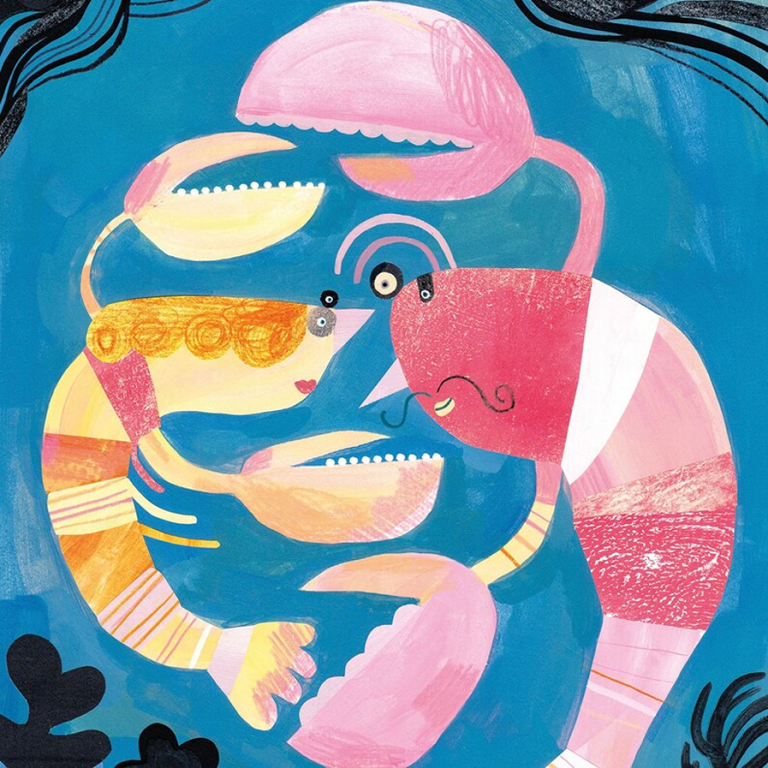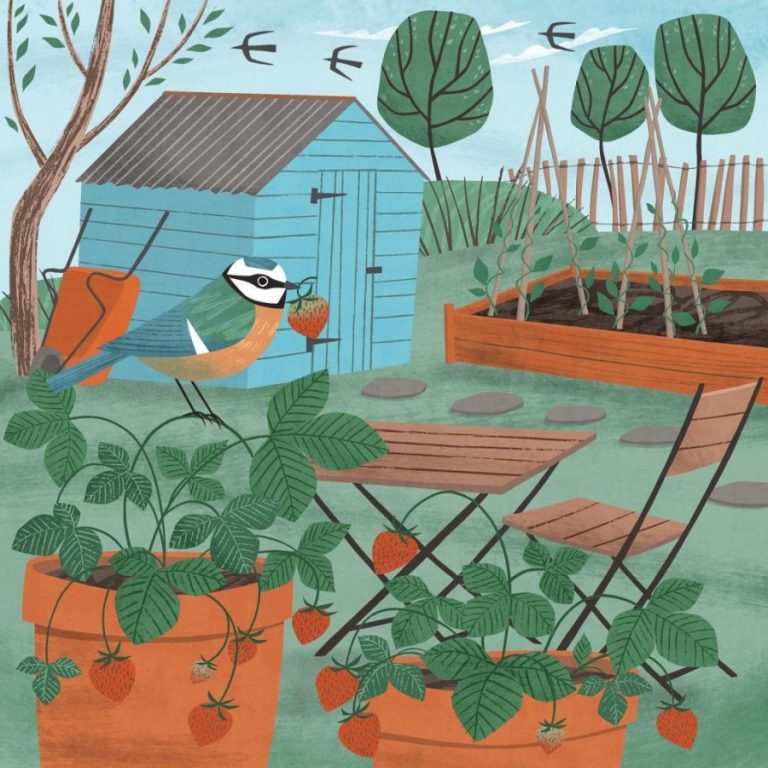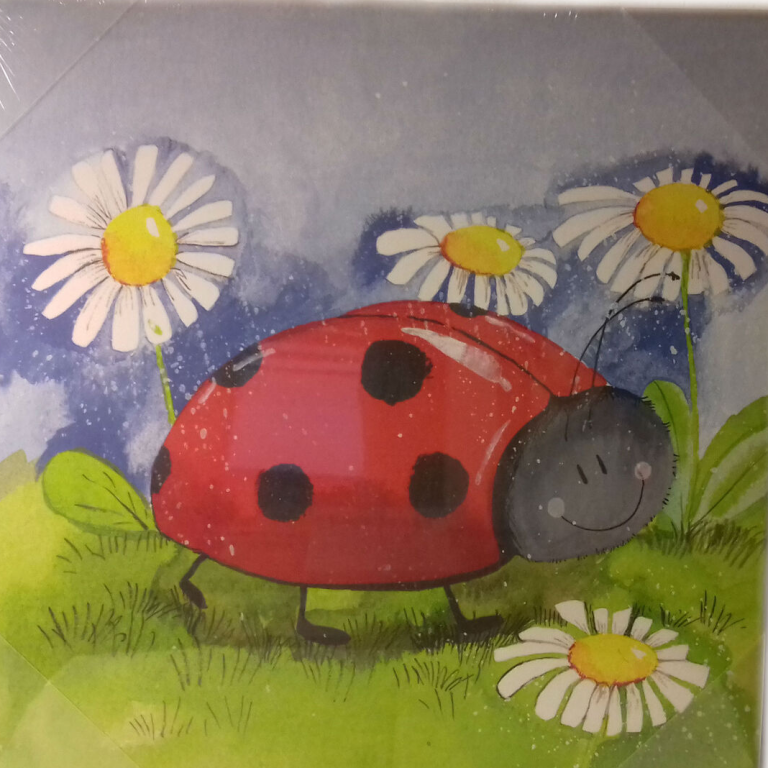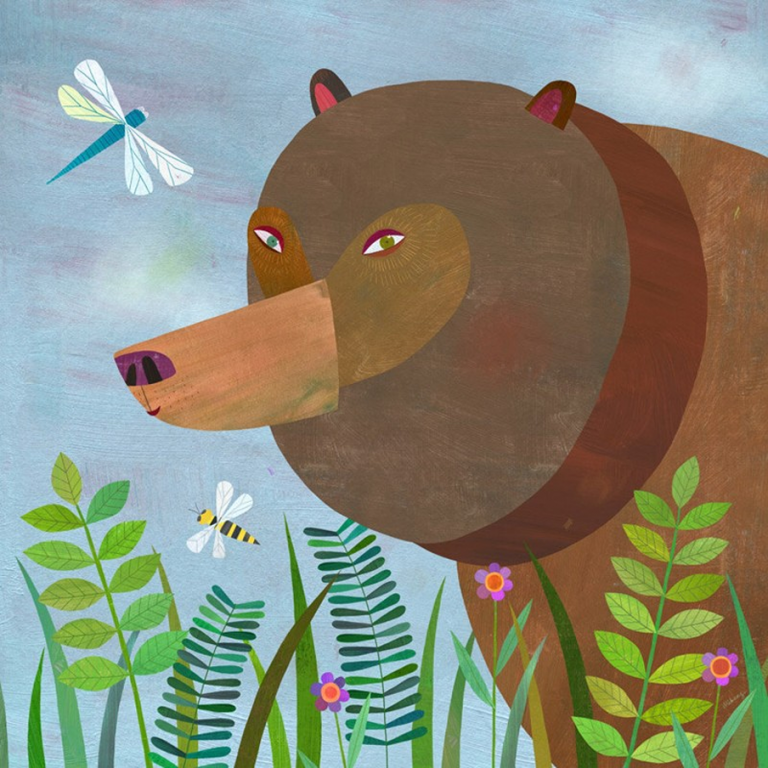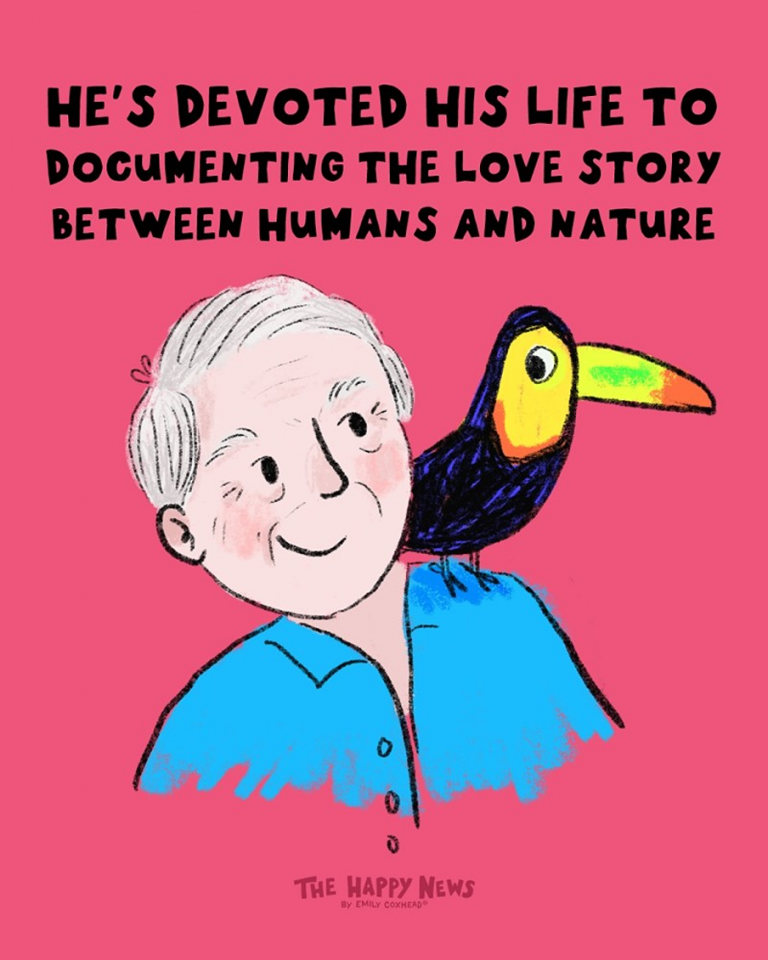
Puppies, adult dogs, rescues and even senior pets can all benefit from humane training, which uses rewards, kindness, and patience instead of harsh words or strict punishments. We use the phrase ‘humane’ rather than ‘positive’ as there are differing opinions within the dog training industry.
But obviously humane means never scolding or shouting or scaring dogs, to learn how to behave and keep safe. Training is super-important as it can help dogs to not get into fights, not attack people or other dogs, and keep them safe when out and about.
If walking in nature, always follow the Countryside Code, to keep all creatures safe. For coastal areas, check tide times and warning flags, and read our post on keeping dogs safe by the seaside.
Before walks, research dog-friendly parks. Also learn of toxic foods and plants. And read info on quick-release dog collars (secured on walks by linking lead through D-rings which break off, if dogs entangle).
Also read our posts on volunteer dog walking and preventing dog bites and fights.
The Association of Pet Behaviour Counsellors is a network of friendly professional practitioners who work alongside a vet-led team to help behavioural problems in all species. It offers in-person and remote services (including internationally) and has useful free factsheets that you can download (by species and problem).
Understanding Dog Communication
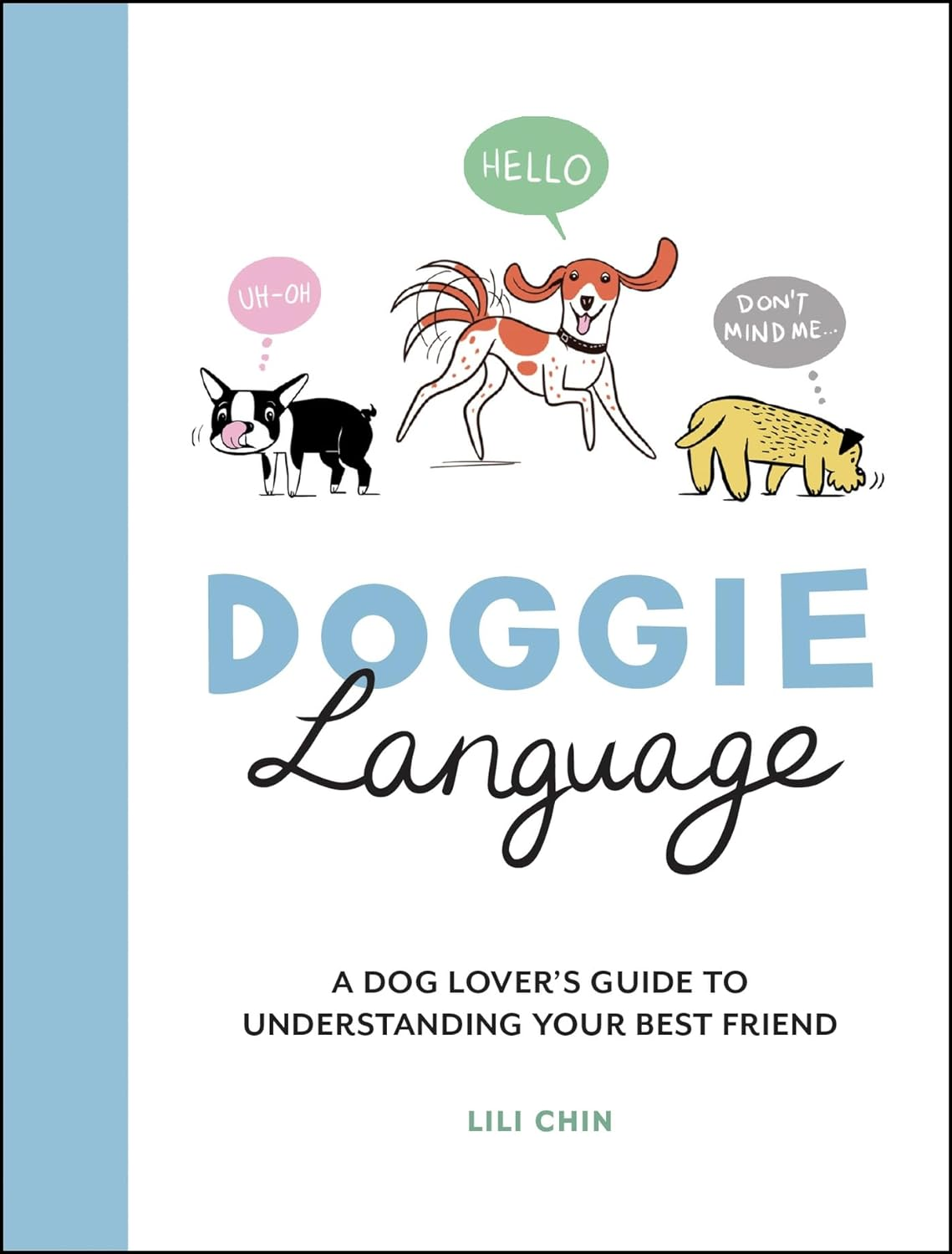
Doggie Language is a lovely book by illustrator Lili Chin, whose works are often feature on posters for vet and behaviour clinics worldwide. Learn how to recognise facial signals in dogs to know if they are happy, scared or about to attack. Learn how your dog uses his ears, eyes, mouth, tail and posture to communicate with you.
Dogs don’t speak our language, but they talk through signals that anyone can learn to spot. If you watch closely, you’ll notice:
- Body language: A relaxed body, wagging tail, or play bow shows comfort and interest. Raised hackles, tucked tail, or backing away often mean fear or stress.
- Eye contact: Soft or blinking eyes say “I trust you”, while wide eyes or a hard stare can signal worry or excitement.
- Sounds: Short barks, happy whines, or low growls each have a meaning. Happy barks show excitement, while nervous yips or growls may show fear.
Paying attention to these cues helps you pick rewards that fit your dog’s feelings in the moment. If a dog’s ears are up and their tail is wagging, you’ll know a treat, favourite toy or gentle “good dog” goes a long way.
If they look anxious, you might need to slow down, give space, or use extra patience. Good trainers act like keen listeners—reading a dog’s body language is like reading a friend’s face.

Also read What’s Up Pup?, on how dogs (even without words) can ask to play, get scratches or just say ‘I love you’. From sniffers and ears to muzzles and rears, from tail wags to tongue flicks and everything in-between, learn how your pup ‘talks to you’.
Building Trust Through Reward
Each treat, kind word, or bit of playtime tells your dog you’re safe, trustworthy, and someone worth listening to. When you use consistent praise and treats, your dog feels sure about what you want. This builds a bridge of trust, which is key for learning.
Dogs learn fastest when they know what brings good things. If your dog sits when asked and always gets a tasty reward, sitting becomes a happy choice. Over time, trust grows, and your dog becomes more willing to try new things. A trusted dog is a confident learner—not just following orders, but eager to see what’s next.
Here’s how trust shapes learning:
- Predictable rewards: Dogs repeat behaviours that get a treat or praise, making good habits stick.
- Safety first: A dog that feels safe learns without fear, which leads to better thinking and results.
- More teamwork: Trust means your dog looks to you for guidance, not just out of habit, but because they want to work with you.
Why Rewards Beat Punishment
Some old-school training relies on fear or punishment to control dogs. This is not just unkind and destroys trust, but does more harm than good. A dog that gets scolded or yanked into a sit may obey for a moment, but learns mostly to avoid trouble—not to enjoy training.
With reward-based methods, you get something much better: a dog that’s happy to try, eager to please, and much more likely to remember what to do next time.
Compare the two:
- When you punish a dog for not sitting, they might sit from fear, but often look tense or confused.
- When you reward a dog for sitting, you get a wagging tail and a dog ready to try again.
- Over time, rewards lead to a dog that sits and stays because it’s linked to fun and tasty treats.
Simple tasks like “sit” or “stay” become games instead of chores. As a result, your dog works with you, not against you.
Avoiding Choke and Chain Collars
Old-fashioned collars like choke, prong, or chain collars may promise fast results, but at a big cost. These devices pinch, choke, or hurt when a dog pulls, which can cause pain, injury, and even fear of walks or people. They don’t teach a dog what you want—just what to fear.
If you want a dog who enjoys learning and trusts you, skip harsh gear. Look for harnesses or head collars that fit well and keep your pet comfy on every walk. Safe gear is another way to show your dog that you care, making every step forward a positive one.
Behaviour Improvement Methods
Everyday problems like pulling, barking, guarding food, and excited jumping can create stress. Humane dog training offers a way to fix them without shouting or strict corrections. With the right rewards and patience, you teach calm, reliable habits that last for life.
Reducing Pulling on the Lead
Loose-lead walking can be tough at first. Many dogs want to explore, so they charge ahead, making walks stressful. With humane training, you can change this quickly by rewarding small wins so your dog chooses to walk by your side.
Try this simple stop, reward, repeat method:
- Start walking with your dog on the lead.
- Once your dog pulls ahead, stop walking immediately.
- Wait for your dog to look back or turn towards you, then reward with a treat and praise.
- Start walking again. If your dog stays beside you, give another treat after a few steps.
- Repeat every time your dog pulls. No need to jerk or shout—just calmly pause, reward, and move on.
This approach makes your movement the best reward. Over a few sessions, dogs learn walking beside you means good things happen, like treats and progress on their walk. It also teaches them you’re their guide, not just the person holding the lead.
Cutting Unwanted Barking: Teach the ‘Quiet’ Cue
Barking is normal, but too much can strain patience and neighbourly goodwill. Humane training uses the ‘quiet’ cue, along with treats, to swap shouting for silence.
To teach ‘quiet’:
- Let your dog bark once or twice, then say ‘quiet’ in a calm, friendly voice.
- The moment your dog stops barking, reward instantly with a treat and lots of praise.
- Repeat often—dogs catch on best if you reward them every time they go quiet.
Your energy plays a big part here. Staying calm helps your dog settle down, too. If you shout or look tense, your dog is likely to keep barking. Try deep breaths, patience, and a steady tone. Over time, your dog links quiet with rewards and your relaxed mood, so barking drops away naturally.
Managing Food Guarding: Desensitisation with Treats
Food guarding can make mealtimes tense. Some dogs feel worried that their food will be taken, so they stiffen, growl, or guard their bowl. Instead of punishing, use gentle steps to show your dog that sharing is safe.
How to use desensitisation:
- Start by standing a safe distance from your dog while they eat. Now and then, toss a tasty treat near their bowl, but do not try to take the food away.
- Over several meals, gradually move a bit closer each time, still dropping treats and never reaching for the bowl.
- Soon, your dog learns that your approach means more good stuff, not less.
- If they stay relaxed, as you add treats, praise gently.
Once your dog no longer guards food when you’re nearby, you can add other family members or practise giving and returning treats. This routine helps your dog trust people around their bowl and reduces the urge to guard.
Stopping Jumping and Mouthing: Reward Calm Greetings
Jumping up or mouthing is common especially with pups. They want to say hi or play, but it’s not always safe or welcome. Humane training helps set clear guidelines without pushing your dog away.
For jumping:
- Ignore all jumping. Look away, turn your back, or step aside when your dog leaps up.
- Reward your dog instantly for four paws on the floor. Bring out treats or affection only when they stay calm.
- Ask for a ‘sit’ before greeting. This sets your dog up for success.
For mouthing:
- Whenever your dog mouths your hand or clothing, redirect them to a safe (supervised) quality chew toy.
- When they choose the toy instead of your hand, reward with gentle play or a treat.
- If mouthing continues, stop play for a few moments so they learn the fun ends when their mouth gets too rough.
This way, your dog learns that calm, polite behaviour leads to all the rewards they want—attention, treats, and playtime. With time, excited greetings turn into gentle hellos, making every visit or walk a little easier.
Humane methods do much more than fix problem behaviour; they help your dog feel safe and clear about the rules. The result is a happier, more relaxed dog, and a smoother life together.
Mental Health Benefits for Dogs
Dogs need more than just food and walks to thrive. Humane dog training doesn’t only shape good behaviour, it builds a happier, more stable mindset for your pet. Dogs want to feel safe, understood, and connected to their humans. With patience and rewards, you help your dog tackle fears, gain confidence, and enjoy daily life together.
Reducing Anxiety and Phobias: Calm Fearful Reactions
Many dogs feel nervous around loud noises (especially fireworks and Christmas crackers), strangers, or unfamiliar places. Humane training uses counter-conditioning, which means changing how your dog feels about scary things. Instead of forcing your dog to “face their fears”, you start with small steps and reward calm behaviour.
Say your dog flinches at the hoover. Next time, turn it on at a distance and, while your dog stays calm, offer a favourite treat. Each time your dog hears the noise without panicking, reward them. You slowly move the noise closer as your dog grows braver.
Key steps include:
- Pairing scares with treats: Give top-value treats whenever the scary thing appears.
- Going at your dog’s pace: Only increase the challenge when your dog shows relaxed body language.
- Skipping force: Never force the dog to stay if they seem too upset.
This gentle process helps your dog swap fear for happy anticipation. Over time, they start to look forward to what once scared them because treats and praise follow every calm reaction.
Preventing Urine Marking: Consistent Routines
Urine marking—spraying small amounts indoors or on walks—can signal stress, excitement, or uncertainty. A consistent daily routine and calm, positive feedback help your dog stay settled.
- Keep toileting schedules predictable: Feed, walk, and give toilet breaks at set times.
- Spot and reward relaxed posture before and after outside wees. A treat for a calm squat or sniff tells your dog relaxation is what you want.
- Interrupt indoor marking gently: If you spot a lift of the leg indoors, redirect your dog outside, then reward outside wees heavily.
Consistent praise and a clear pattern give dogs the security they need. With this, many dogs feel less urge to mark territory, since their environment feels safe and reliably positive.
Supporting Puppies Through Early Training
Puppies absorb new experiences like sponges. Early humane training shapes not just behaviour but personality. Short, playful lessons help young dogs learn without boredom. Keep sessions around five minutes, repeating a few times a day for best results.
What should you focus on in puppy training?
- Socialisation: Expose pups gently to different people, sounds, and surfaces. Offer treats for brave sniffs or calm sitting. This builds confidence and curiosity.
- Bite inhibition: Puppies explore the world with their mouths. If a nip gets too hard, yelp like a puppy would, stop play briefly, then praise gentle mouthing. Consistency here teaches pups to control their bite force.
- Basic cues: Teach simple actions like sit, come, or touch. Celebrate small successes with treats or toys.
Early, joyful training sets the tone for a lifetime. Puppies raised on rewards instead of scolding are less likely to develop anxieties or rough habits later on.
Strengthening Bonds with Guardians
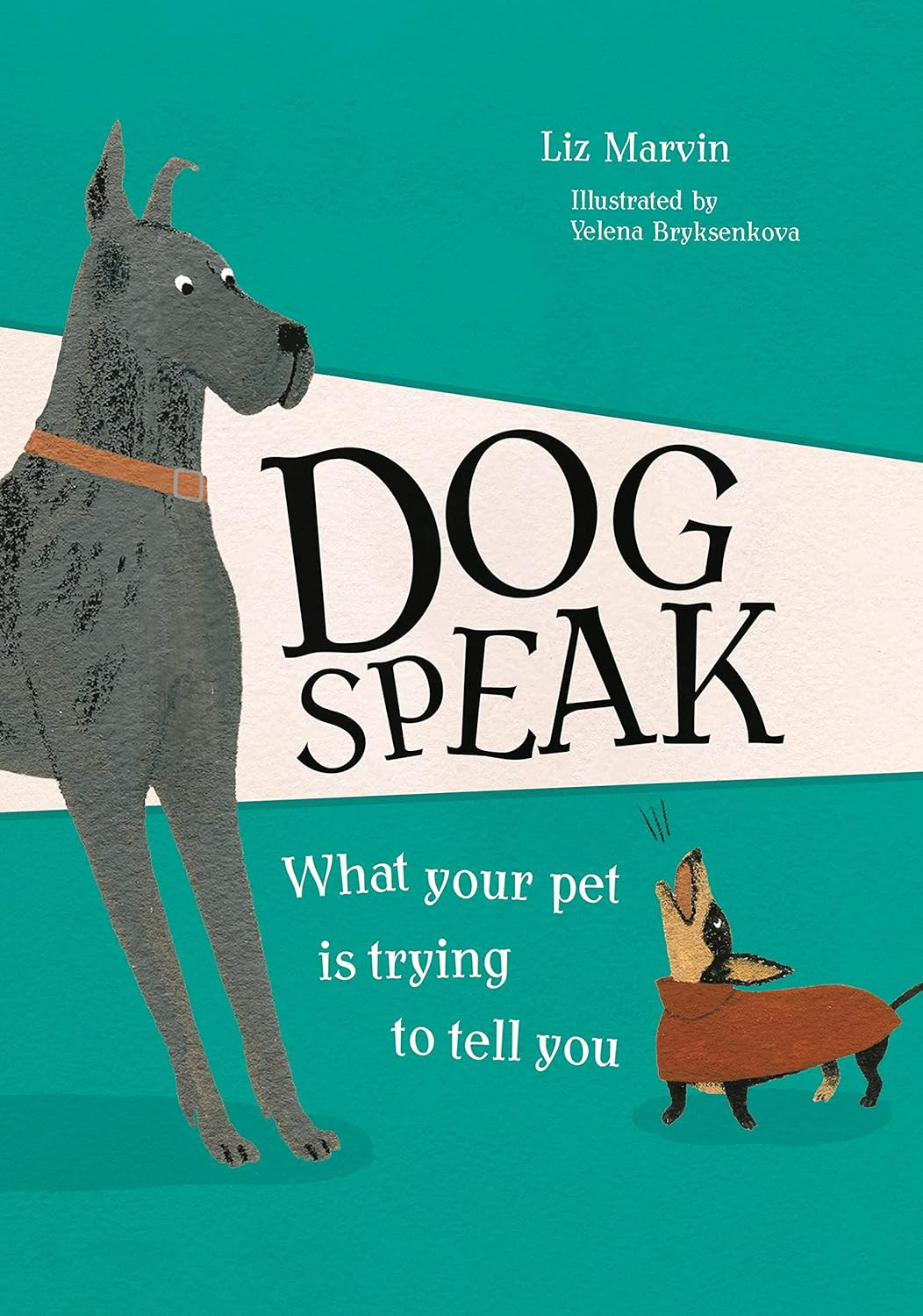
Dog Speak uses whimsical illustrations to show how our canine friends communicate, whether it’s tilting their heads, chasing their tails or sitting on your feet. While we mostly rely on words to express how we feel, dogs mostly talk to us (and each other) through facial expressions, body language and other behaviour.
The book is for you, if you wonder why dogs wag their tails, stare hard or destroy your favourite pair of shoes.
- Celebrate small wins: A dog who finally sits on cue after several tries feels pride, and you share in the joy. Your encouragement reinforces teamwork.
- Shared routines: When you work together—like practising recall in the garden, your dog learns you’re reliable and safe.
- Trust grows: Dogs become more likely to look to you when unsure. They learn you’re there to help, not to catch out or punish.
Happy dogs know what to expect and trust their owners to show them the way. These moments of partnership are at the heart of a great relationship, grounded in warmth, honesty, and daily fun. Humane training doesn’t just build better behaviour; it ties you and your dog together as true friends.
Choosing a Qualified Trainer

It’s easy to be swayed by flashy adverts or popular social media stars. Not every well-known name uses kind methods, so it pays to dig a bit deeper before deciding who to trust with your dog’s learning.
A skilled trainer makes learning fun and builds trust between you and your pet. When picking someone to guide you, skip any trainer who relies on scare tactics or punishes mistakes. Celebrity doesn’t always equal skill or care.
Look for these signs that a trainer knows their stuff:
- Certifications from respected organisations such as the IMDT (Institute of Modern Dog Trainers), APDT (Association of Pet Dog Trainers UK), or KCAI (Kennel Club Accredited Instructor) which has its own Dog People’s Manifesto, a detailed guide for government to act on dog welfare issues. These show extra effort to keep up with proven, science-based methods.
- Detailed client reviews online, not just hand-picked testimonials. See if people mention changed behaviour, clear advice, and a friendly style.
- A kind approach in their content. Watch videos or read posts before booking. Are they showing gentle, enjoyable sessions? Or do you spot rough handling, prong collars, or harsh words?
- Transparent training style. A reliable trainer is happy to explain why they do what they do. They’ll welcome questions and help you learn, not keep secrets about their techniques.
Southend Dog Training offers a ‘dog trainer in your pocket’ with online dog training for around £12 a month, from someone who is well-qualified and with great reviews. It includes puppy training and training for general obedience, toileting and reactive dogs.
Train Your Dog Online is an 8-week course based on kind effective methods by one of the nation’s best dog trainers. Perfect for puppies and rescue dogs, it will your dog not to pull on the lead, work with distractions, respond quickly and calmly and leave things alone that you don’t want them to touch!
Incorporating Daily Training Sessions
Progress comes from small steps, not marathon sessions. You don’t need to clear an hour each day to see results—short, regular practice beats the occasional long lesson every time.
Try building training into parts of your daily routine:
- 5‑minute training slots at set times. Morning, after work, or right before bed—pick times you know you’ll remember.
- Mealtime learning. Use your dog’s dinner for training. Instead of feeding from a bowl, ask for a simple cue (like sit, down, or touch) before they get each bit of their food.
- On walks. Practise “sit”, “wait”, or “look at me” while out and about. Parks and quiet pavement make great classrooms.
- During playtime. Mix training into fetch or tug—practice drops, sits, and calm starts.
- Quick cue practice before letting your dog out into the garden or up on the sofa.
Making training part of other daily habits helps your dog learn quickly and with less fuss. As a bonus, these short bursts of focus add mental exercise, which tired dogs love.
Vets say you shouldn’t over-throw balls for dogs (best to let them sniff and explore, to save leg problems later on). The wool on tennis balls is abrasive, so not good for dogs anyway. Go for quality brands of safe (supervised) toys instead).
Good Books on Humane Dog Training
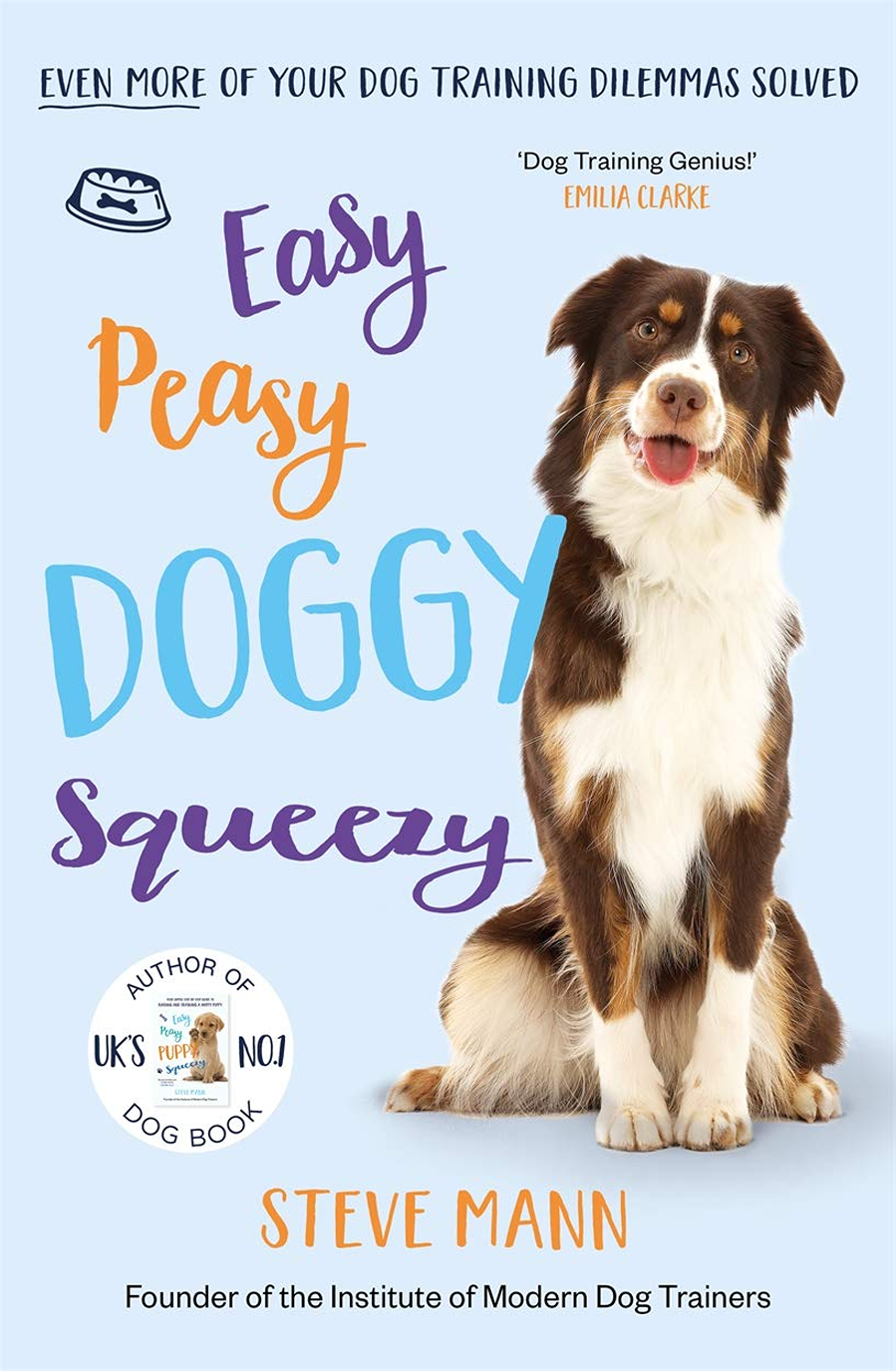
Steve Mann is one of the world’s most respected animal behaviourists and dog trainers. Not only does he offer a lot of books on dog training (including by breed) but his book for children is ideal for anyone who just wants the simple basics.
His first books Easy Peasy Doggy Squeezy and Easy Peasy Puppy Squeezy were so popular, he now offers books by breed:
- Easy Peasy Labrador
- Easy Peasy Cocker Spaniel
- Easy Peasy Labradoodle
- Easy Peasy Cockerpoo
- Easy Peasy French Bulldog
Blue Cross campaigns against irresponsible breeding of brachycephalic pets (English/French bulldogs, pugs, Boston terriers, Cavalier King Charles spaniels, shih tzus, boxers and Persian cats) that find it difficult to breathe and are more at risk from heatstroke.
Steve Mann lists trainers nationwide who have completed his puppy training course, and has his own BBC online course which includes 30 lessons, 4 hours of video and 83 pages of course notes.
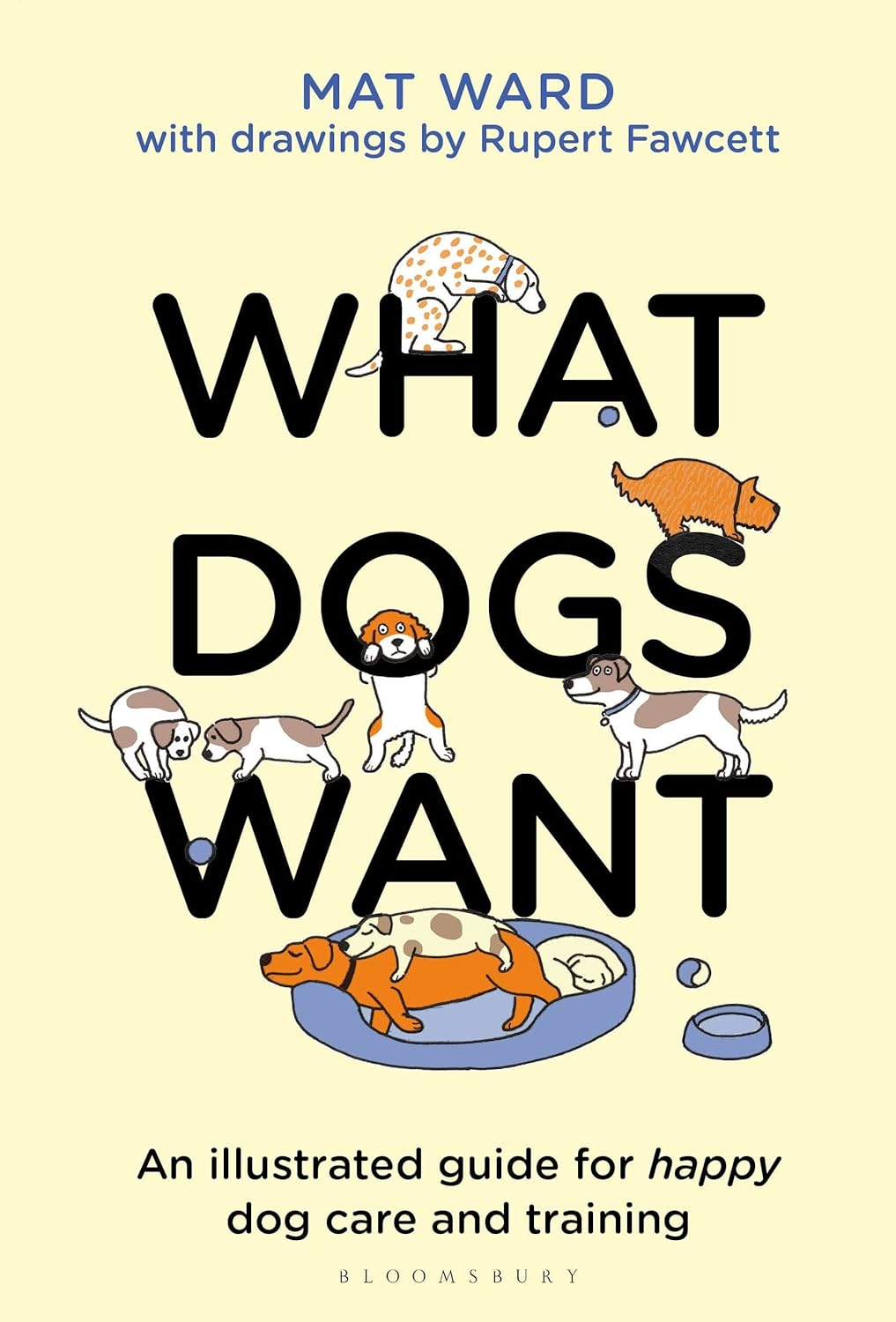
What Dogs Want is a fun illustrated guide by animal behaviourist Mat Ward, to why dogs bark and what he or she is thinking. Learn how to avoid separation anxiety, and learn why dogs wag their tails.
Learn how your dog’s brain works, so you can train them at any age from puppy upwards. The author is an animal behaviourist who specialises in dogs and cats with behavioural problems including:
- Aggression, fear, phobias, anxiety
- Barking & destructive behaviour
- Urine marking/spaying, indoor toileting
- Repetitive behaviours
- Jumping up
- Being anti-social
- Mouthing/biting
- Pulling on the lead
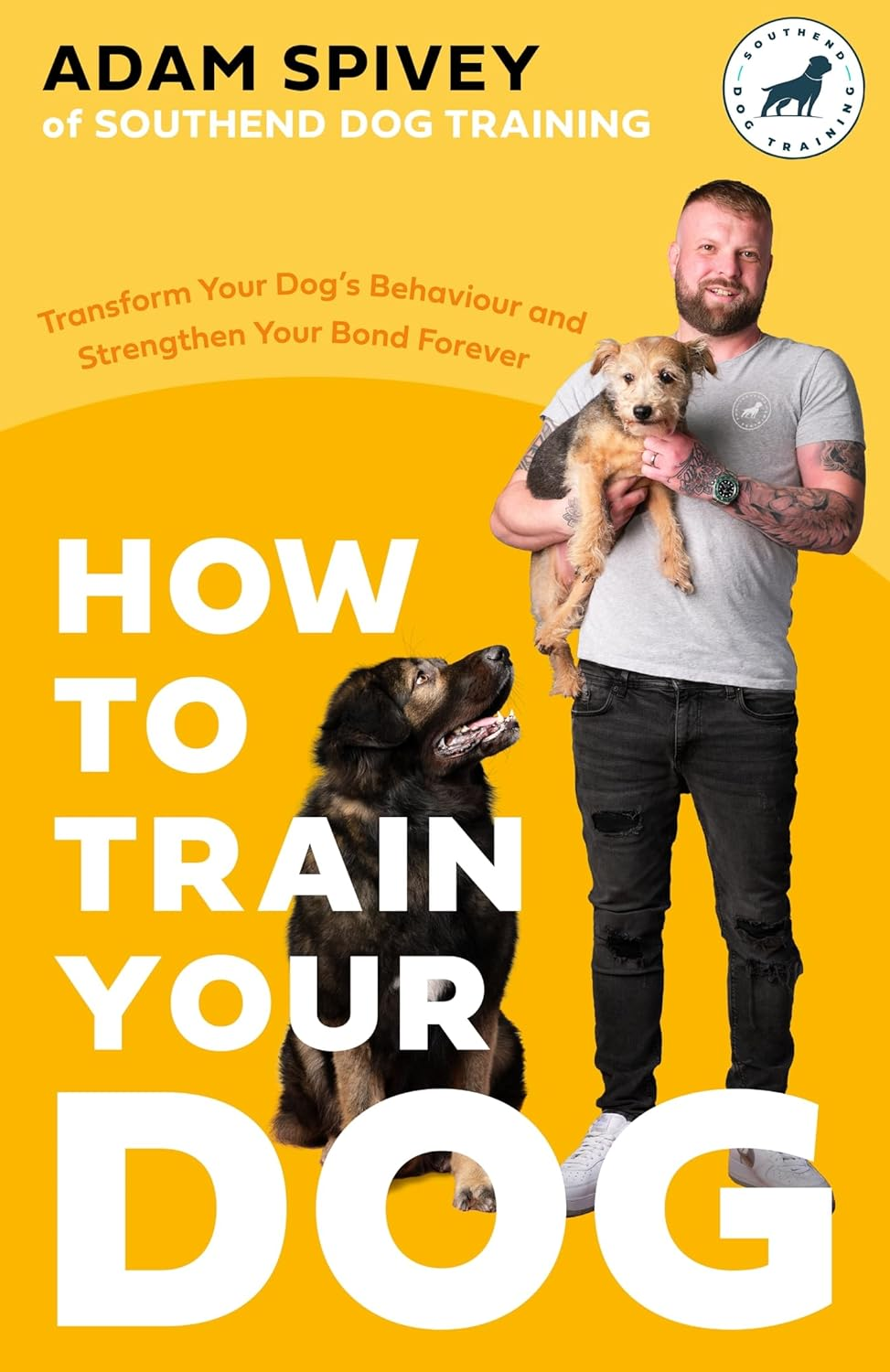
How to Train Your Dog shows how to use simple proven ways to solve behavioural issues, by learning how dogs think and how they may struggle with certain things. Learn how to recall and train on the lead, stop excessive barking and jumping up, how to keep dogs safe around other dogs and children, and how to stop chewing, biting and destructive behaviour.
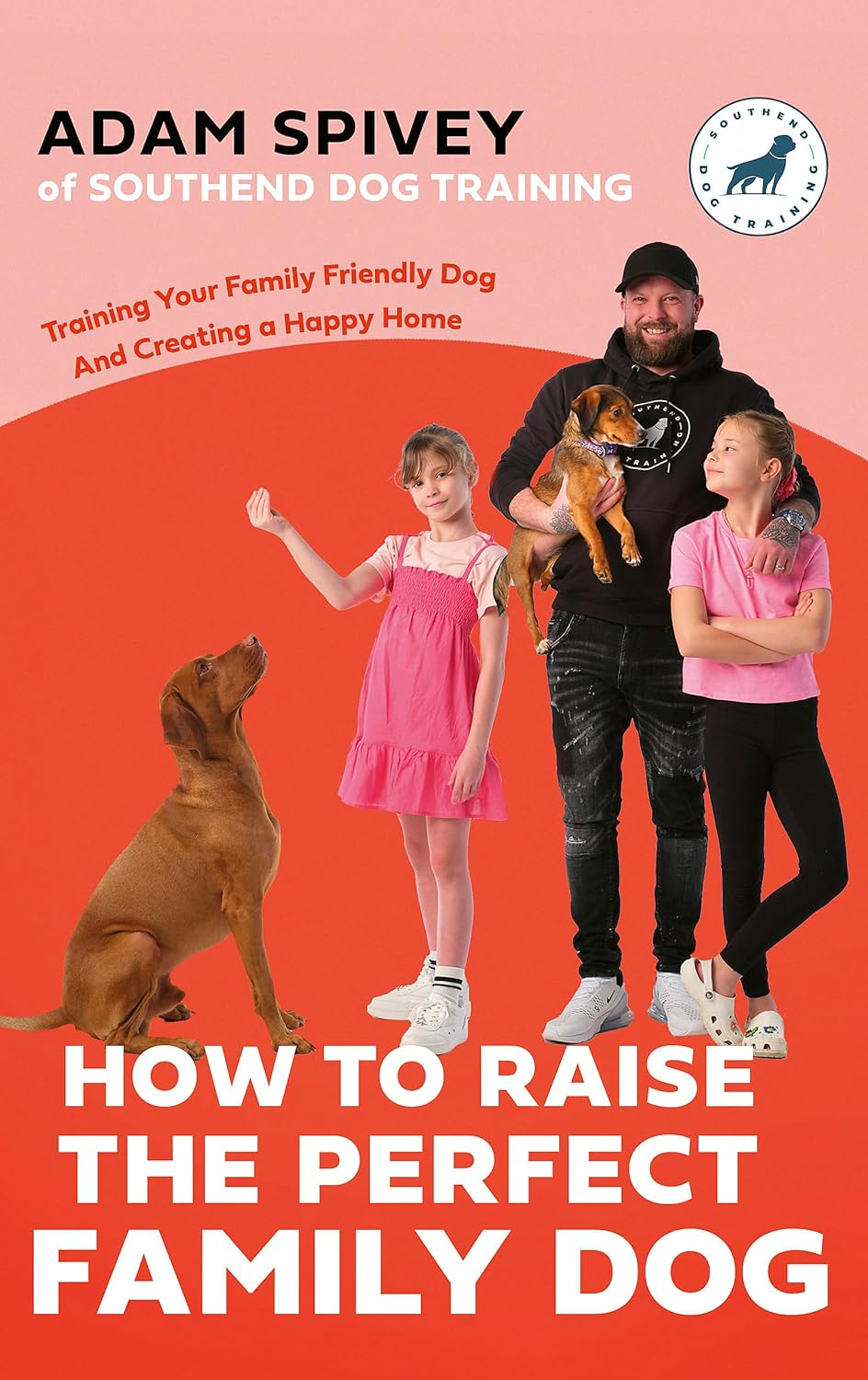
How to Raise the Perfect Dog is also by the popular founder of Southend Dog Training. Ideal for the first 12 months, this is the no-nonsense guide to positive training that puts your pup at the centre, to build a bond for a lifetime. He also recently release How to Raise the Perfect Family Dog (which includes tips on preparing dogs for the arrival of new-born babies).
How to Train a Fearful or Anxious Dog
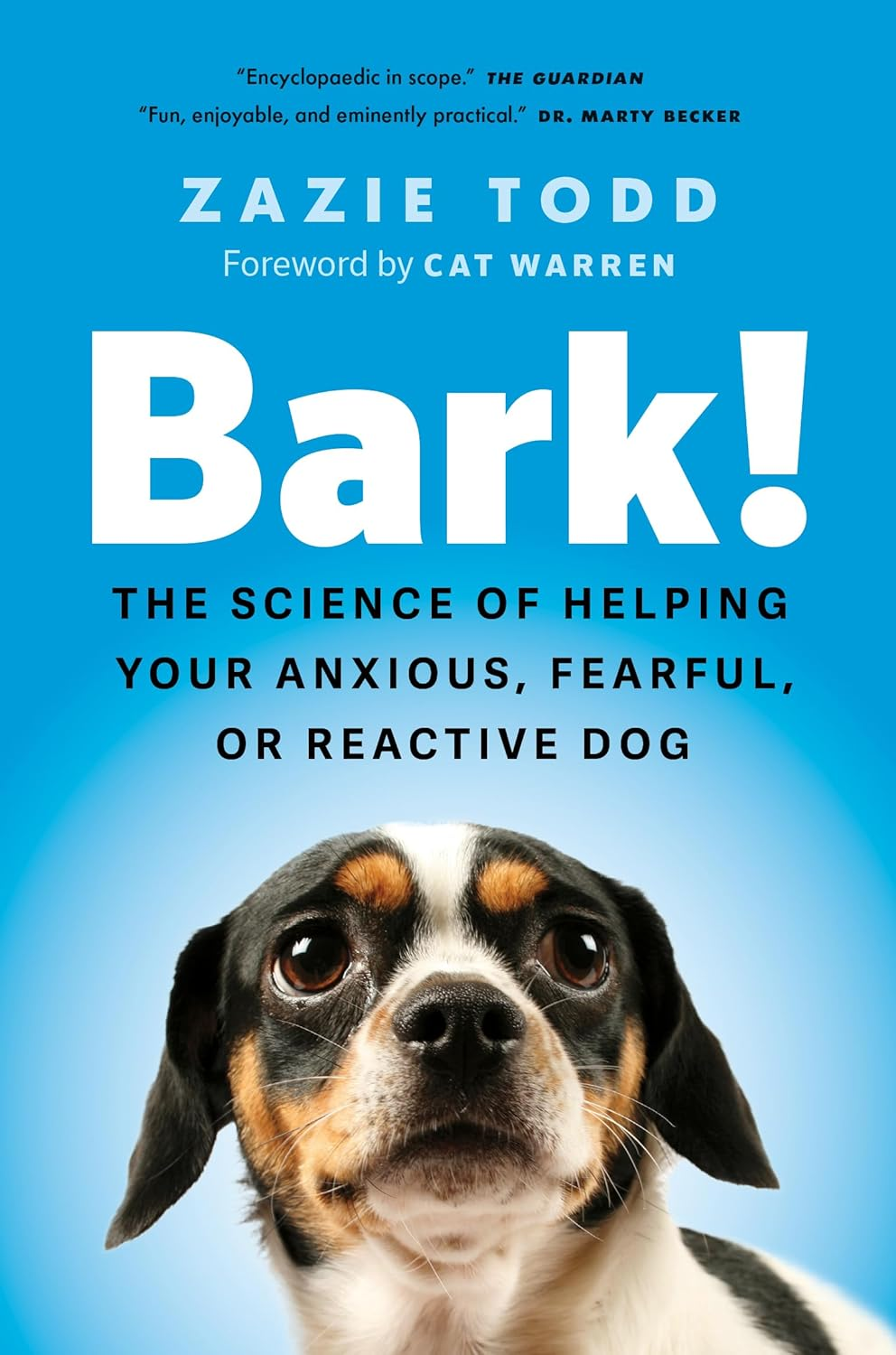
Bark! is a guide for anyone who is living with an anxious, fearful or reactive dog. Learn how to heal such issues using positive reinforcement from certified dog trainer and animal behaviourist Zazie Todd. If your dog bites, guards food or shows aggression, know that 75% of dogs struggle with fear-based behaviour and require support and understanding, to feel safe and secure.
Decoding the latest canine science, Zazie shows readers who to address the root causes of canine fears (loud noises, vets, separation anxiety and other dogs) and manage natural fear responses. Learn how to keep your dog, yourself and others safe when your dog is fearful or reactive, and learn how to create safe havens for your dog.
The author is an honours graduate of the Academy for Dog trainers, affiliate member of the American Veterinary Society of Animal Behaviour and adjunct professor at Canisius College (a private university in New York).
Don’t Learn from ‘Celebrity Dog Trainers’
Respected dog trainer Dr Ian Dunbar is not a fan of celebrity dog trainers, saying that although their methods (including ‘dominance training’ may work for them, they often don’t work for people at home, as they don’t have the skills or experience. Although trainers today don’t advocate yelling and hitting (good), some still use out-dated methods that don’t work, and could do more harm than good. He offers courses at Dunbar Academy.
Zigzag (that makes a puppy training app created by experts) argues that ‘dogs aren’t wolves’ and treating them as such is not good training. Some celebrity dog trainers even use choke collars, highly frowned upon by humane dog trainers).
Barking Up The Right Tree is a book by Dr Ian, who makes the case that dog training has lost its way and become too complicated and less effective. We must return to quick, easy and enjoyable methods that work. Not so long ago, dog training comprised multiple leash corrections, but Dr Dunbar’s positive approach introduced back in 1982 focused on teaching and rewarding dogs for desirable responses.
Conclusion
Humane dog training does more than shape better habits, it brings out the best in both you and your pet. By focusing on kindness, patience, and rewards, you build trust and create a strong partnership that makes daily life smoother and more fun. Even small changes, like rewarding calm sits or swapping harsh gear for a soft harness, can spark a big difference.
Try one tip from this post today, whether it’s a five-minute session or swapping treats for praise. You’ll soon see your dog becoming more confident and eager to please, and your home will feel a little lighter too. Thanks for reading—why not share your own training wins with others? A happy dog really does make a happy home.

